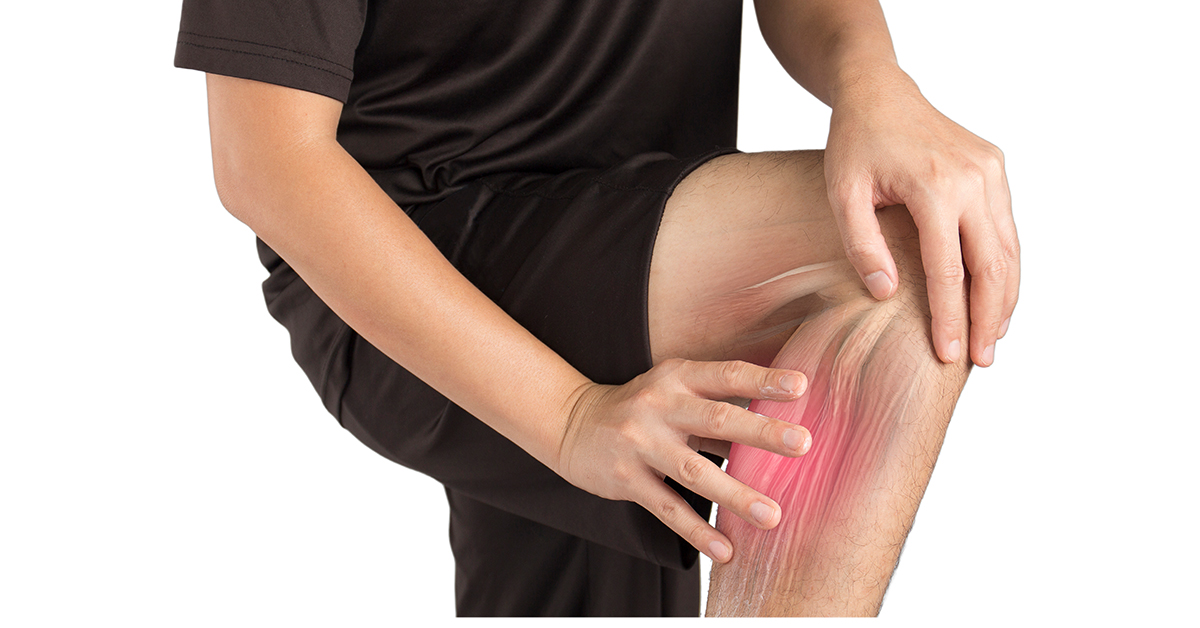Read this article to learn what might be causing your knee pain:

Knee pain is a common ailment that affects millions of people worldwide, limiting mobility and impacting the quality of life. Traditional treatments include medications, physical therapy, and, in severe cases, surgery. However, a newer, minimally invasive option called Peripheral Nerve Stimulation (PNS) offers hope for those suffering from chronic knee pain. This innovative therapy targets the nerves responsible for transmitting pain signals, providing significant relief. In this article, we will explore what PNS is, how it works, and its benefits and potential drawbacks.
What is Peripheral Nerve Stimulation?
Peripheral Nerve Stimulation is a technique used to alleviate chronic pain by targeting specific peripheral nerves. Unlike central nervous system therapies, which focus on the brain and spinal cord, PNS targets nerves located outside these central structures. For knee pain, this involves the nerves around the knee joint, which can be responsible for transmitting pain signals to the brain.
How Does PNS Work?
PNS involves the use of a small, implanted device that sends electrical impulses to the peripheral nerves. These impulses interfere with the pain signals, preventing them from reaching the brain. Here’s a step-by-step look at how the process typically works:
- Initial Evaluation: A healthcare provider assesses the patient’s knee pain and determines if PNS is a suitable option. This often involves imaging studies and nerve tests.
- Trial Period: Before permanent implantation, a temporary stimulator is placed to evaluate the patient’s response. This trial period lasts a few days to a week.
- Implantation: If the trial is successful, a permanent stimulator is implanted near the targeted nerve. This procedure is minimally invasive and usually performed under local anesthesia.
- Programming and Adjustment: The device is programmed to deliver the optimal level of stimulation. Patients can often adjust the settings using a handheld controller to manage their pain effectively.
Benefits of Peripheral Nerve Stimulation
Non-Pharmacological Pain Relief
One of the significant advantages of PNS is that it provides pain relief without the need for medications. This is particularly beneficial for patients who cannot tolerate pain medications or want to avoid the potential side effects and dependency issues associated with long-term drug use.
Minimally Invasive
Unlike surgical options, PNS is minimally invasive. The implantation procedure involves small incisions and typically has a shorter recovery time compared to more invasive surgeries like knee replacements.
Adjustable and Reversible
The stimulation levels can be adjusted to provide optimal pain relief. If the patient does not achieve the desired results, the device can be removed, making PNS a reversible treatment option.
Improved Quality of Life
Many patients report significant improvements in their quality of life after undergoing PNS. With reduced pain, individuals can return to their daily activities, exercise more comfortably, and enjoy an overall better quality of life.
Potential Drawbacks and Considerations
Not a Cure
It is important to note that PNS does not cure the underlying cause of knee pain. Instead, it manages the symptoms. Patients should continue with other treatments and lifestyle changes recommended by their healthcare provider.
Possible Side Effects
As with any medical procedure, PNS comes with potential side effects. These can include infection at the implantation site, nerve damage, and technical issues with the device. However, serious complications are relatively rare.
Cost and Accessibility
PNS can be expensive, and not all insurance plans cover the procedure. Patients should check with their insurance provider and discuss financial options with their healthcare team.
Who is a Candidate for PNS?
Candidates for PNS are typically individuals with chronic knee pain who have not found relief with traditional treatments. This can include patients with osteoarthritis, post-surgical pain, or nerve damage in the knee area. A thorough evaluation by a healthcare professional is essential to determine if PNS is a suitable option.
Peripheral Nerve Stimulation represents a promising advancement in the treatment of chronic knee pain. By targeting the nerves responsible for pain transmission, PNS offers significant relief without the need for medications or invasive surgery. While it is not a cure, PNS can greatly improve the quality of life for those suffering from persistent knee pain. If you are struggling with knee pain and traditional treatments have not provided relief, discuss the possibility of PNS with your healthcare provider.
